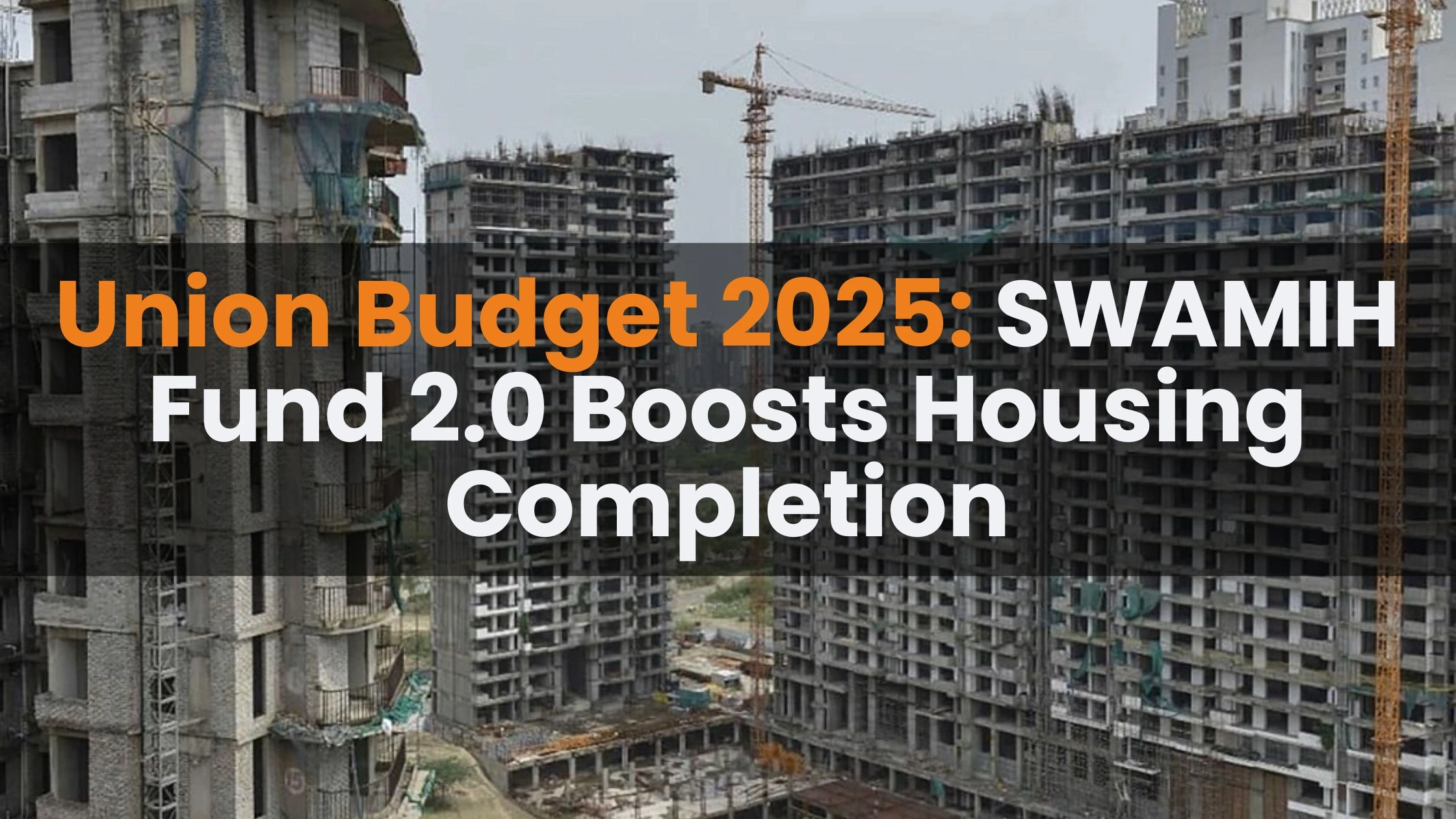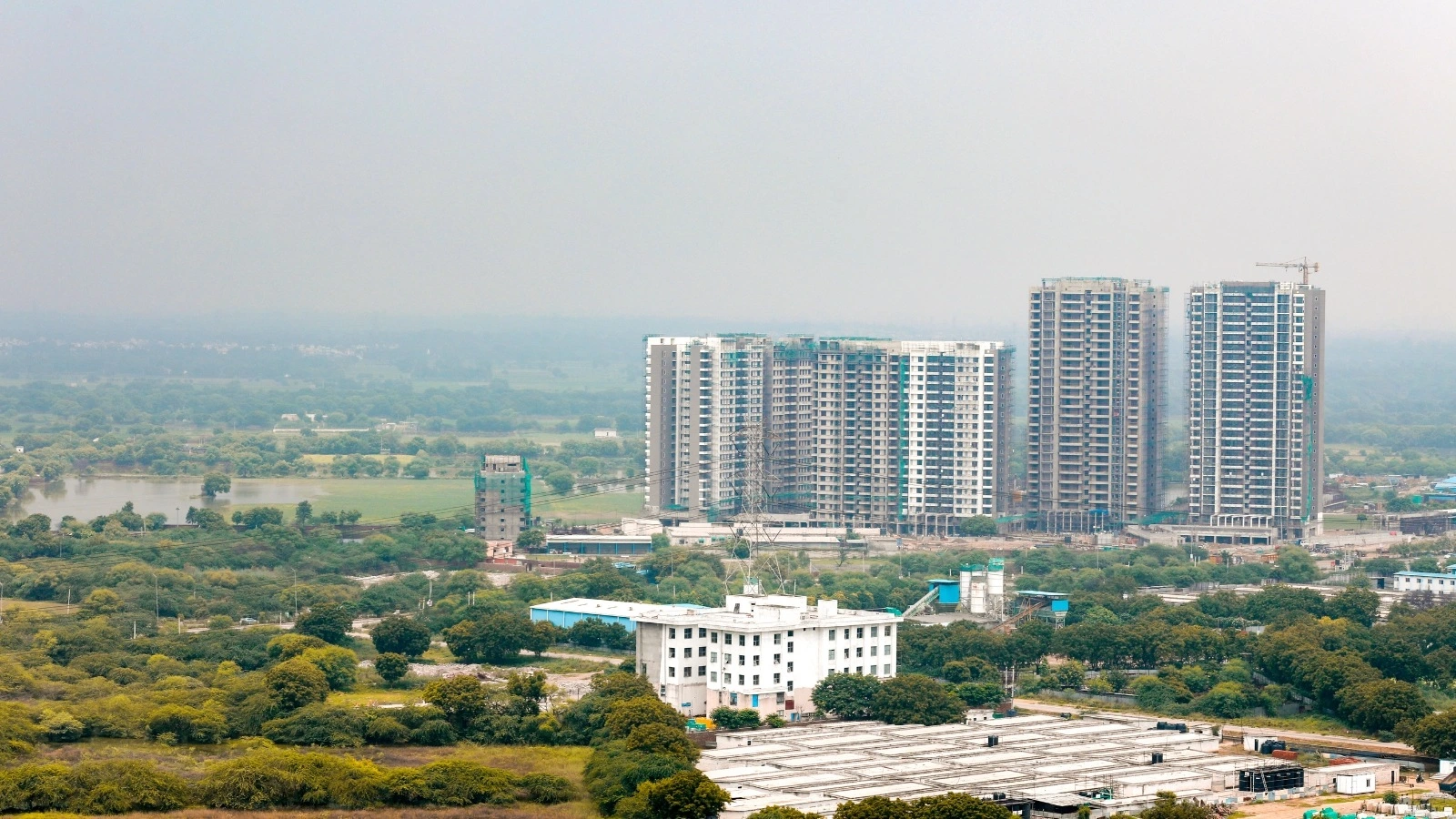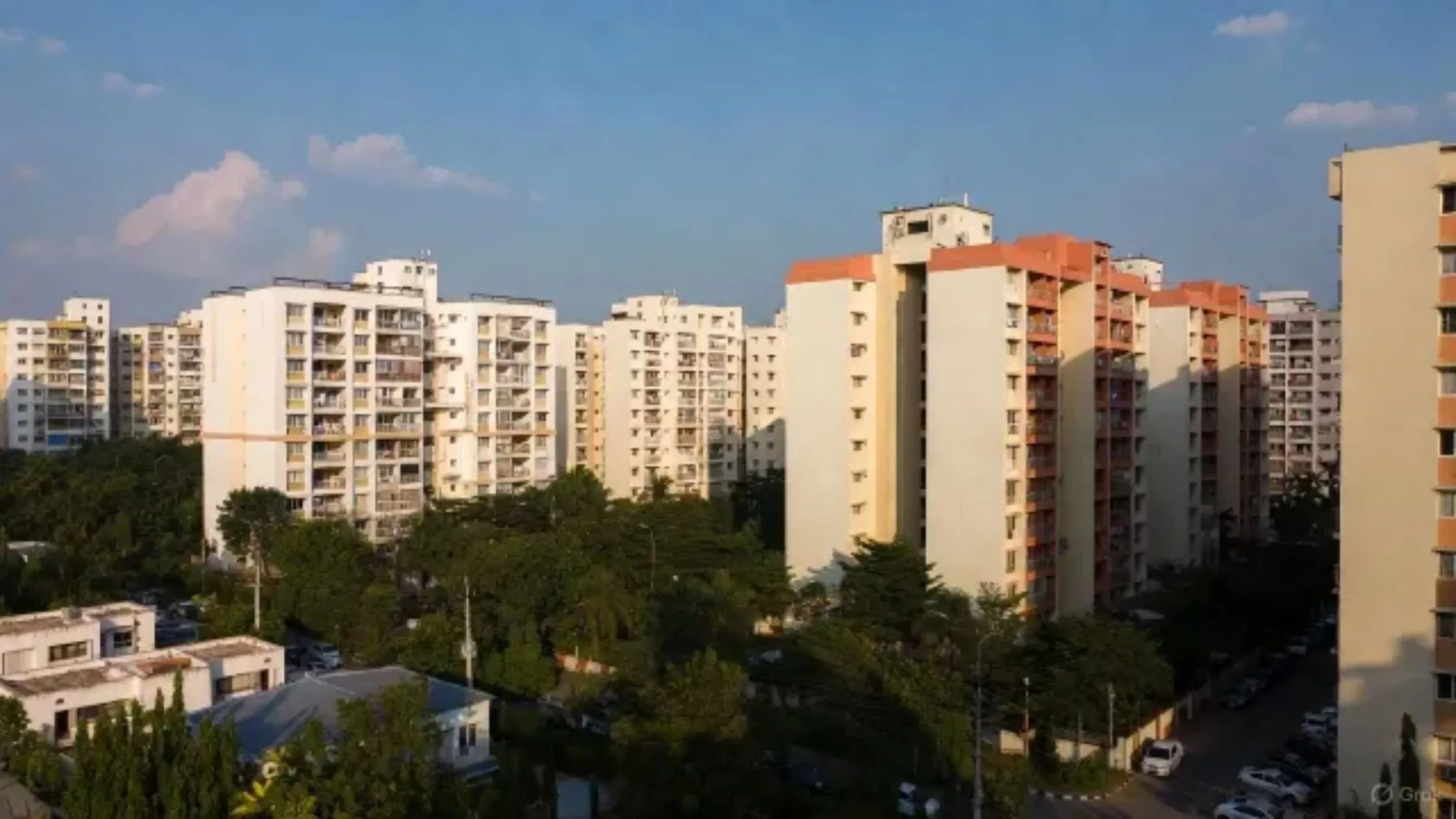Table of Content
The Union Budget 2025 has brought groundbreaking news for the real estate sector in India. Finance Minister Nirmala Sitharaman announced that the government will offer 1.5 lakh crore rupees in interest-free loans to states for infrastructural development. This visionary move is expected to transform how cities are built, boosting real estate and making urban areas more attractive for living, working, and investing.
In this blog, we’ll explain what this means for the real estate industry, how it will improve cities, and what benefits you can expect—all in simple language that even an 8th grader can understand.
What Are Interest-Free Loans and Why Do They Matter for Real Estate?
Understanding Interest-Free Loans
Normally, when a government or bank gives a loan, the borrower has to pay extra money (interest) on top of the original amount. But with these interest-free loans, states can borrow money without having to pay that extra cost for 50 years. That means the entire amount can be used directly for building projects without any added financial burden.
Why Is This Good for Real Estate?
Real estate projects, such as constructing new buildings, roads, bridges, and metro lines, require huge amounts of money. When states receive money without having to pay interest, they can invest more in these projects. For the real estate sector, this means:
- Cheaper Construction Costs: More funds mean better quality projects at lower prices.
- Faster Project Completion: With clear financial support, delays due to funding issues can be minimized.
- Better Urban Planning: Cities can be designed more thoughtfully, leading to improved living conditions and increased property values.
Also Read: Economic Survey 2024-25: Key Real Estate Highlights
How Will the 1.5 Lakh Crore Loans Impact the Real Estate Sector?
1. Upgrading Urban Infrastructure
Transportation Improvements:
One of the most significant benefits will be the expansion of transportation networks. New roads, flyovers, and metro lines will be built or upgraded. This means:
- Reduced Traffic Jams: Better roads and faster metro systems will save commuters valuable time.
- Increased Connectivity: Suburban areas will be more connected to city centers, making them attractive for homebuyers and investors.
Utilities and Services:
Modern cities need reliable water, electricity, and waste management systems. With the new loans:
- Enhanced Water Supply: Advanced water management systems will ensure every home gets clean water.
- Stable Power Supply: Upgraded power grids will mean fewer outages.
- Efficient Waste Management: Better sewage and waste treatment facilities will keep cities clean and healthy.
2. Boost to Construction and Real Estate Development
Improved infrastructure is a key driver for the real estate market. When cities are well connected and have modern amenities:
- Property Values Rise: Real estate in areas with better infrastructure tends to appreciate in value.
- New Housing Projects: Developers are more likely to start new residential and commercial projects, making more housing available.
- Job Creation: More construction projects mean more jobs for local workers—from laborers and engineers to urban planners and architects.
3. Promotion of Sustainable and Smart Cities
The budget also emphasizes sustainable development. This is important for building cities that are not only modern but also eco-friendly:
- Green Buildings: Projects may include energy-efficient designs, use of renewable energy sources like solar panels, and eco-friendly construction materials.
- Smart City Initiatives: Cities can adopt technologies that improve public services, such as automated traffic control, smart lighting, and efficient waste disposal systems.
- Better Quality of Life: A clean, well-planned city means less pollution, more green spaces, and overall a healthier environment for residents.
4. Long-Term Financial Support for States
Because these loans are interest-free for 50 years, states have a long period to repay without financial stress. This gives them:
- Room to Plan Big Projects: With secure funding over a long period, states can take on large-scale projects without worrying about short-term repayments.
- Encouragement for Private Investments: With better public infrastructure, private companies and investors are more likely to invest in real estate, further boosting the market.
How Will It All Work?
Steps in Using the Funds for Real Estate Development
1. Project Identification and Planning:
States will first identify key areas where infrastructure is lacking or could be improved. This includes cities and suburban areas that need better roads, transport links, and modern utilities.
2. Approval and Coordination:
The government, along with local authorities, will work together to ensure projects get all necessary approvals. Smooth coordination is crucial for timely completion.
3. Implementation:
Construction and development will begin on projects such as new metro corridors, highways, power grids, and smart city initiatives. With the interest-free funds, developers can focus more on quality and less on financial constraints.
4. Monitoring and Maintenance:
Once the projects are complete, there will be systems in place to monitor their performance and maintain the infrastructure, ensuring long-term benefits.
What Does This Mean for the Future of Real Estate?
The Union Budget 2025 is setting the stage for a major transformation in the real estate sector. With 1.5 lakh crore rupees in interest-free loans, states have the financial backing to:
- Build Modern Cities: Upgraded infrastructure will lead to cities that are better connected, cleaner, and more comfortable to live in.
- Increase Property Investment: Better infrastructure will boost property values and attract both local and international investments.
- Create New Opportunities: The construction and real estate sectors will see a surge in job opportunities, contributing to overall economic growth.
Imagine a city where your daily commute is short, where you have access to reliable water and power, and where the air is cleaner due to well-planned urban green spaces. This future is within reach, thanks to the bold steps taken in Budget 2025.
Conclusion
The announcement of 1.5 lakh crore rupees in interest-free loans under Union Budget 2025 is a game-changer for India’s real estate sector. By providing long-term financial support, the government is enabling states to build and upgrade infrastructure without the heavy burden of interest payments. This will lead to improved connectivity, modern urban amenities, and a significant boost in property development.
Union Budget 2025 is not just about numbers it’s about building a future where every citizen enjoys a better, more connected, and prosperous life. With these transformative initiatives, the real estate landscape in India is set to experience a renaissance that will benefit generations to come.
Also Read: Will Budget 2025 Transform Real Estate? Key Expectations Revealed








_1765522271.webp)

Ans 1. The ₹1.5 lakh crore interest-free loans aim to boost infrastructure development in states by offering funds without interest for 50 years, enabling large-scale projects.
Ans 2. The funds will support building better roads, metro lines, and utilities, leading to higher property values, faster project completion, and improved urban planning.
Ans 3. Projects like metro corridors, highways, water and electricity supply, smart city initiatives, and eco-friendly developments will be prioritized.
Ans 4. States can plan and execute large-scale projects without the burden of interest payments, fostering sustainable urban growth.
Ans 5. The government and states will ensure timely planning, approval, and execution of projects to deliver benefits within a few years.